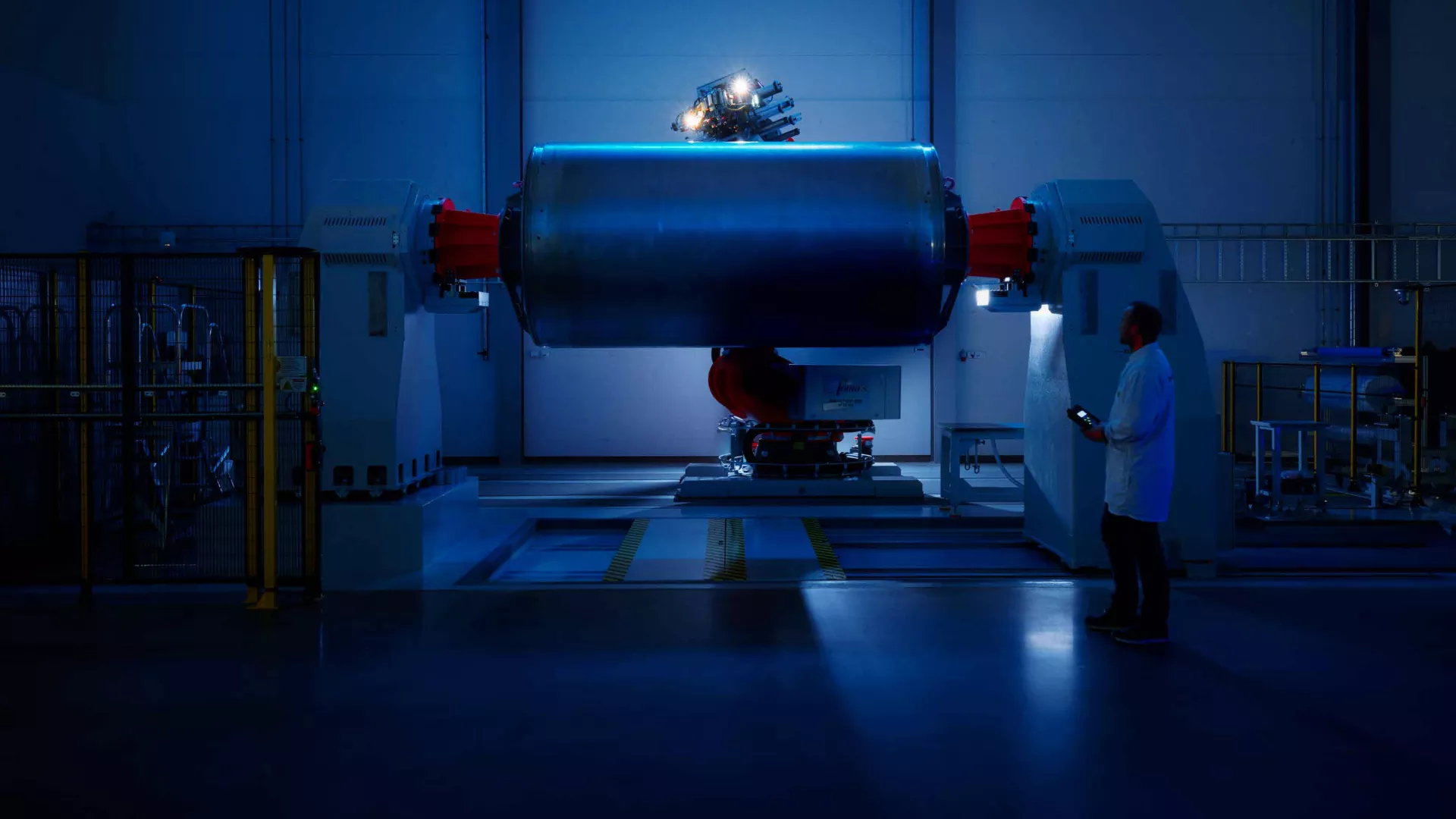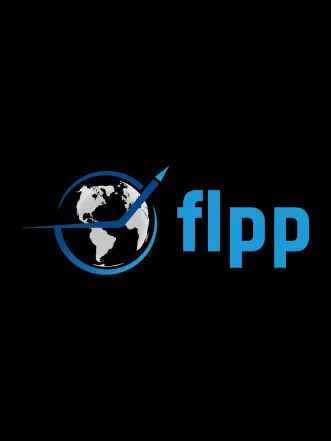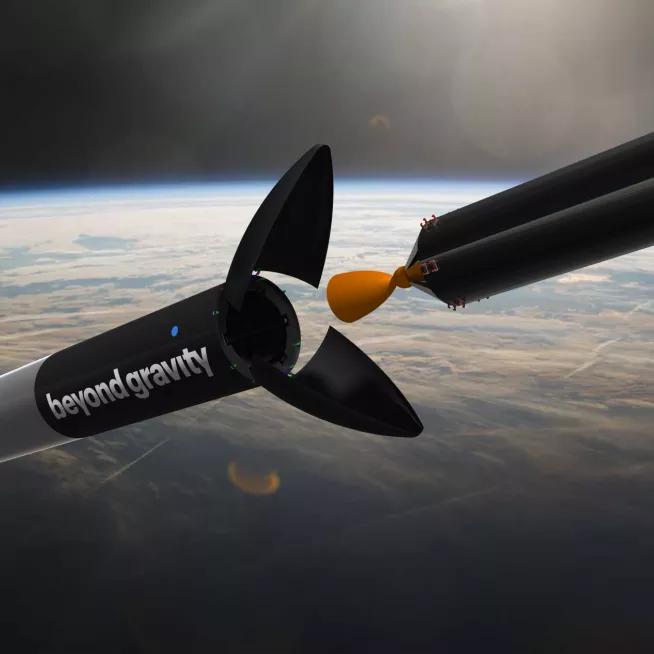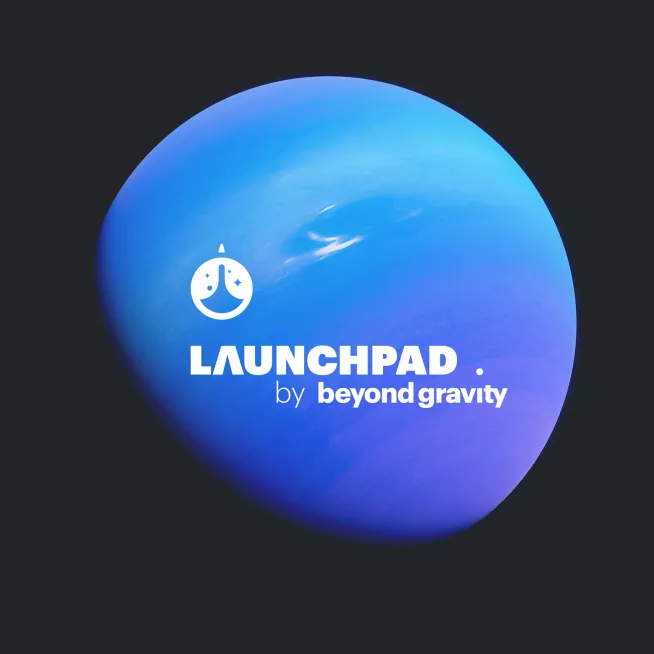Beyond Gravity manages innovation projects using a holistic approach that includes cross-divisional activities as well as initiatives boosted by each division to enhance its product portfolio and competitiveness. Cross-divisional innovation is centered around the topics of AI applications, digital twins, and identifying new business models.
The selection and management of cross-divisional innovation activities within Beyond Gravity is steered and monitored by a cross-divisional committee with representatives from the divisions, Finance, IT and People & Culture. The goal is to initiate and promote projects that improve the company’s capabilities regarding market developments and trends and increase efficiency, profitability and sustainability.
Several focus areas have been determined for the coming months, and targeted projects are initiated and monitored based on a milestone-driven approach. Beyond Gravity also works with various partners from universities, public entities like the European Space Agency (ESA) as well as startups. In addition, each division funds its own internal R&D activities to maintain Beyond Gravity’s competitive advantages and maintain its leading position in the market.
Living innovation
Beyond Gravity actively nurtures an innovative mindset and regularly organizes internal innovation competitions for its engineers. The so-called Space Race, which includes solving specific technical challenges, has a long tradition. In 2023, engineers from different sites and divisions spent over two months developing concepts for new locking mechanisms for reusable payload fairings. In the Lithography division, an innovation competition was also held with the aim of promoting new ideas in technology for the semi-conductor market and creating an environment of innovation and creativity. Some of these ideas, such as flexible hinges, unified data structures or VR training, are now being further pursued internally in dedicated R&D projects.
In the Launchers division, particularly in the area of large composite structures like payload fairings, innovative approaches are constantly being explored to align projects with future needs of customers, to develop new products, or to improve existing products or processes. Particular attention is paid to cost reduction, design simplification to improve profitability and adaptations to new customers or product requirements. In the following, two of these activities are showcased in more detail: Automated Fiber Placement (AFP) on the one hand and our contribution to ESA’s Future Launchers Preparatory Program (FLPP) on the other.
Automated Fiber Placement for payload fairings
The current manufacturing processes for our launch vehicle structures are largely based on the manual placement of carbon fiber pre-impregnated textiles. The idea of automating this process (Automated Fiber Placement; AFP) is not entirely new as Beyond Gravity has applied the AFP technology at its Linköping site to produce satellite dispensers, and it has been used in the aircraft industry for years. This approach is becoming increasingly attractive, and the significant up-front investment involved is justified by the large commercial customer orders in 2022 and 2023, the expected capacity requirements, and the need to increase production rates to meet customer demands for shorter lead times and cost reductions. Production trials and feasibility assessments are currently underway to assess the automated production of composite sandwich structures.




